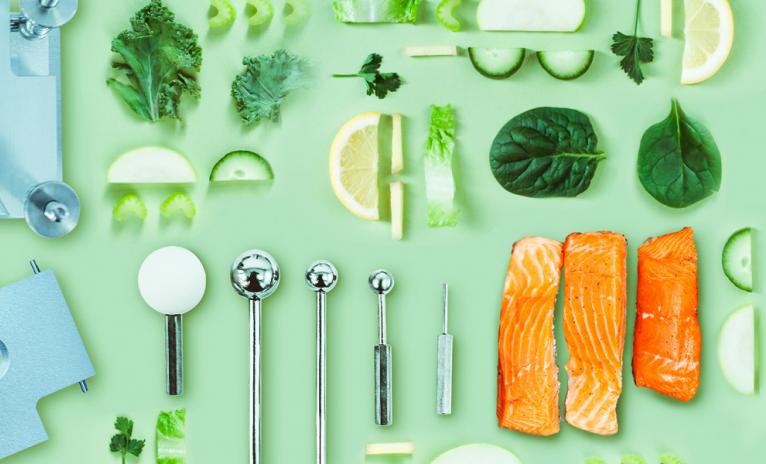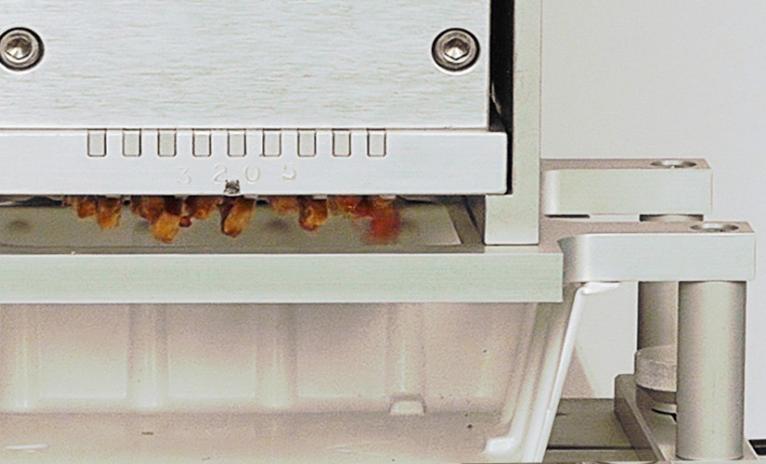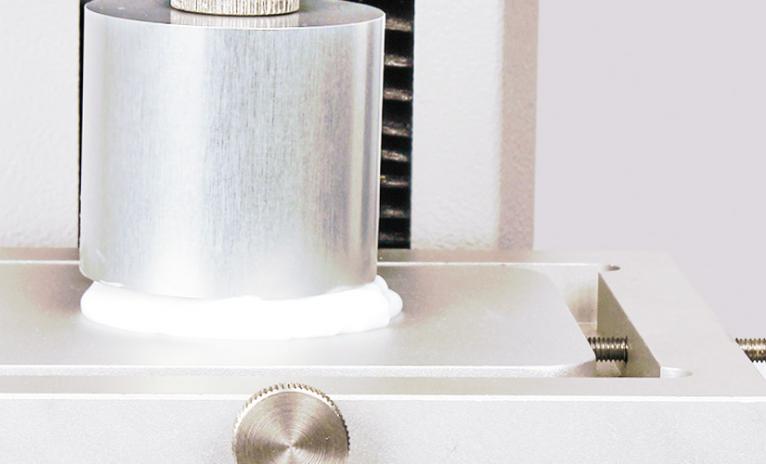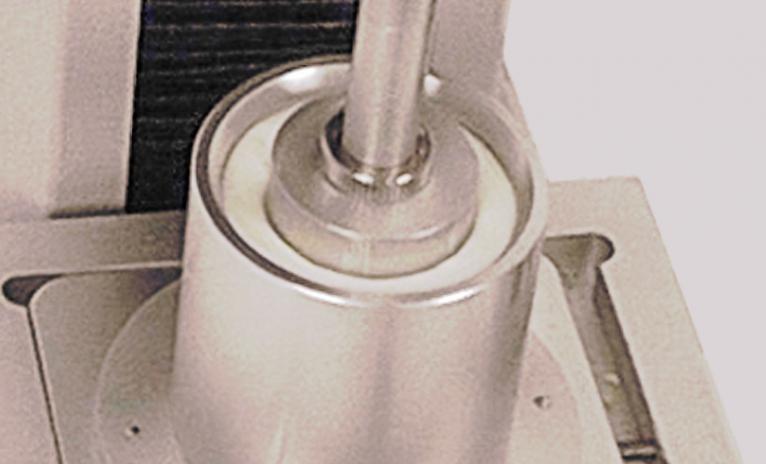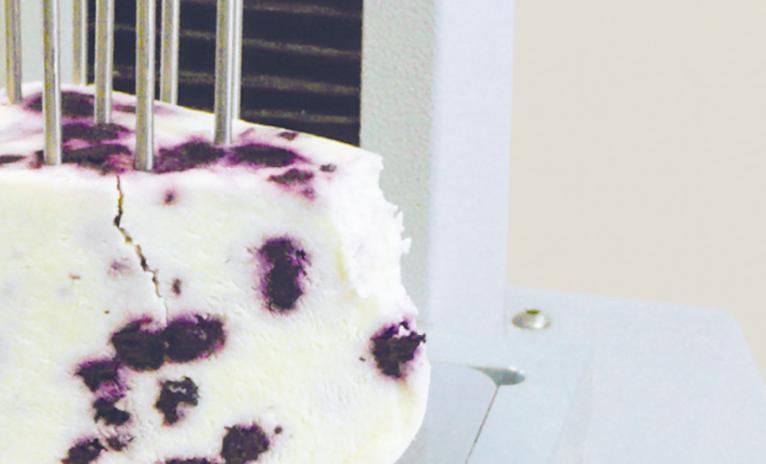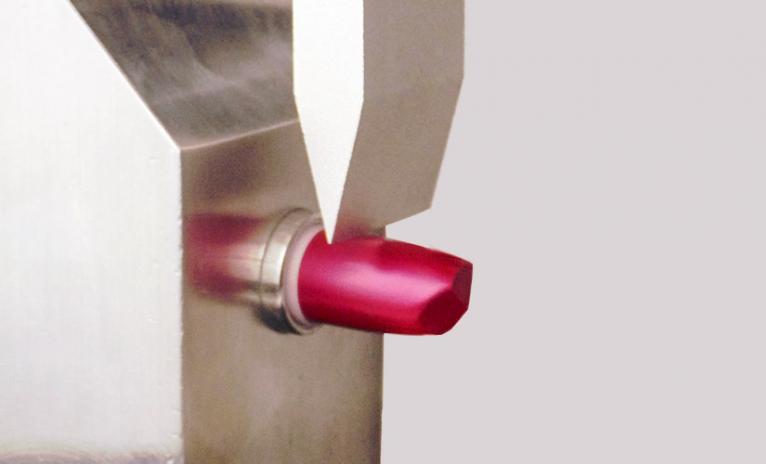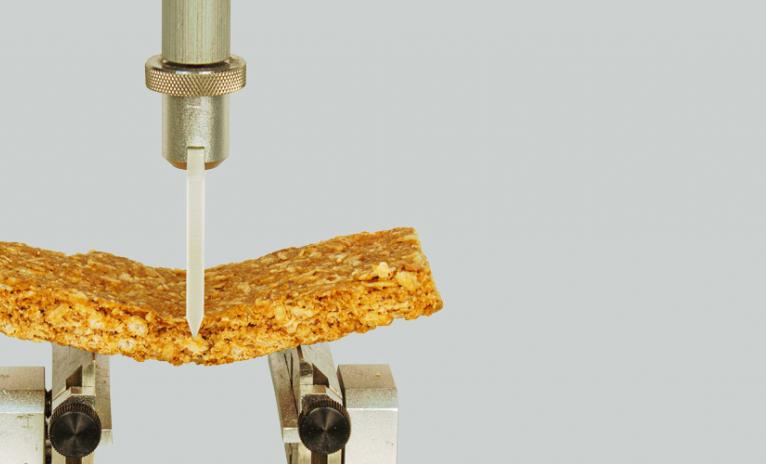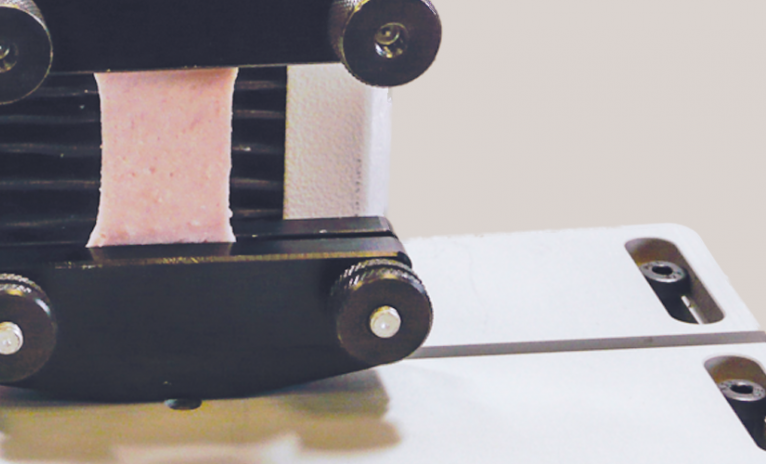Texture analysis or mechanical testing for sensory texture attributes are based on seven fundamental methods.
These test types can replicate all of the interactions between a consumer and the product, or the production processing and handling equipment.
Our texture analyzers and testing fixtures are designed to implement each test method.
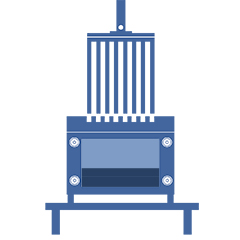
Bulk analysis
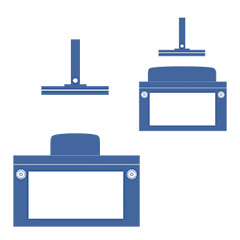
Compression or tension
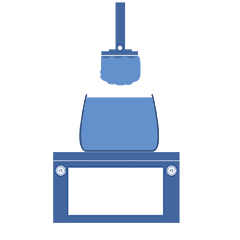
Extrusion
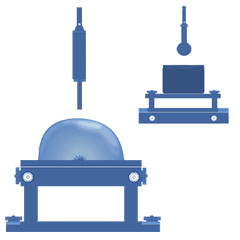
Puncture and penetration
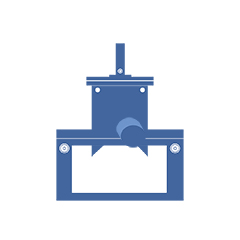
Shear
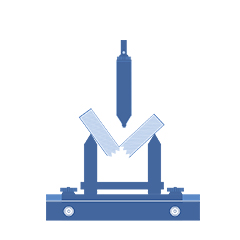
Snap, bend and break
Explore our solutions

Got a question about a solution? Get in touch and speak to one of our Technical Sales Engineers now...
